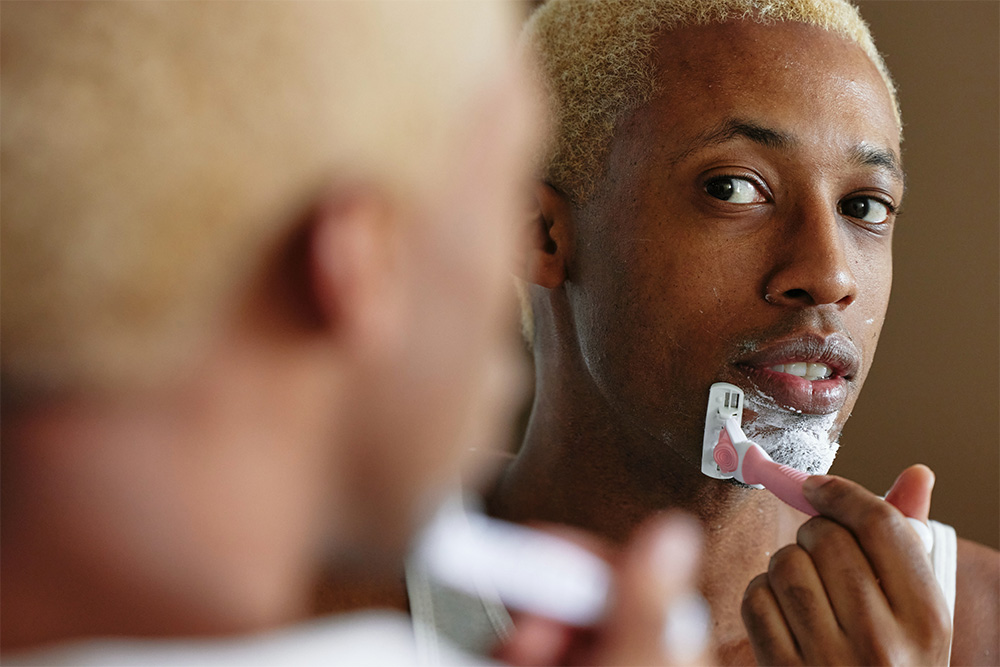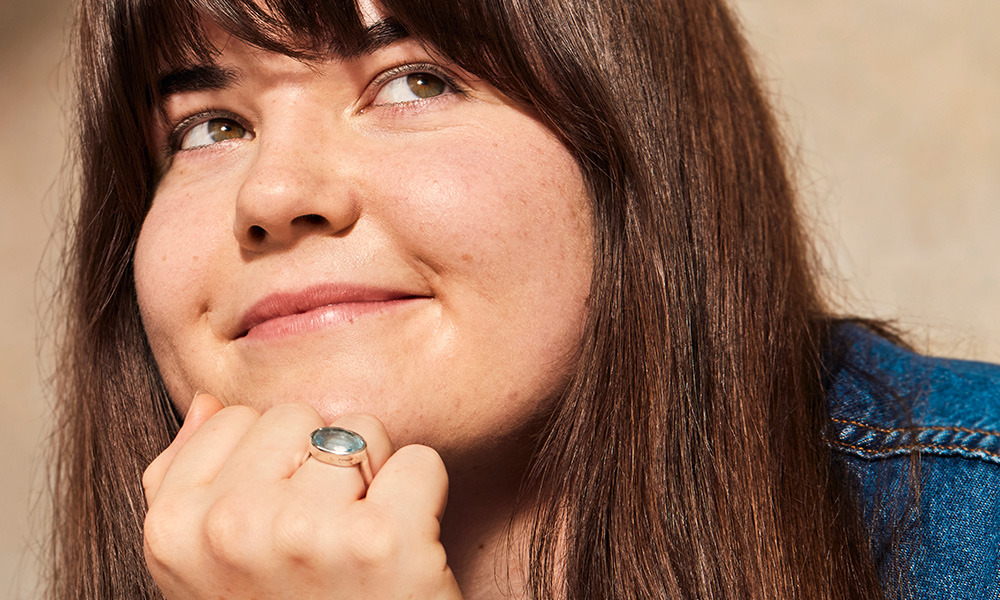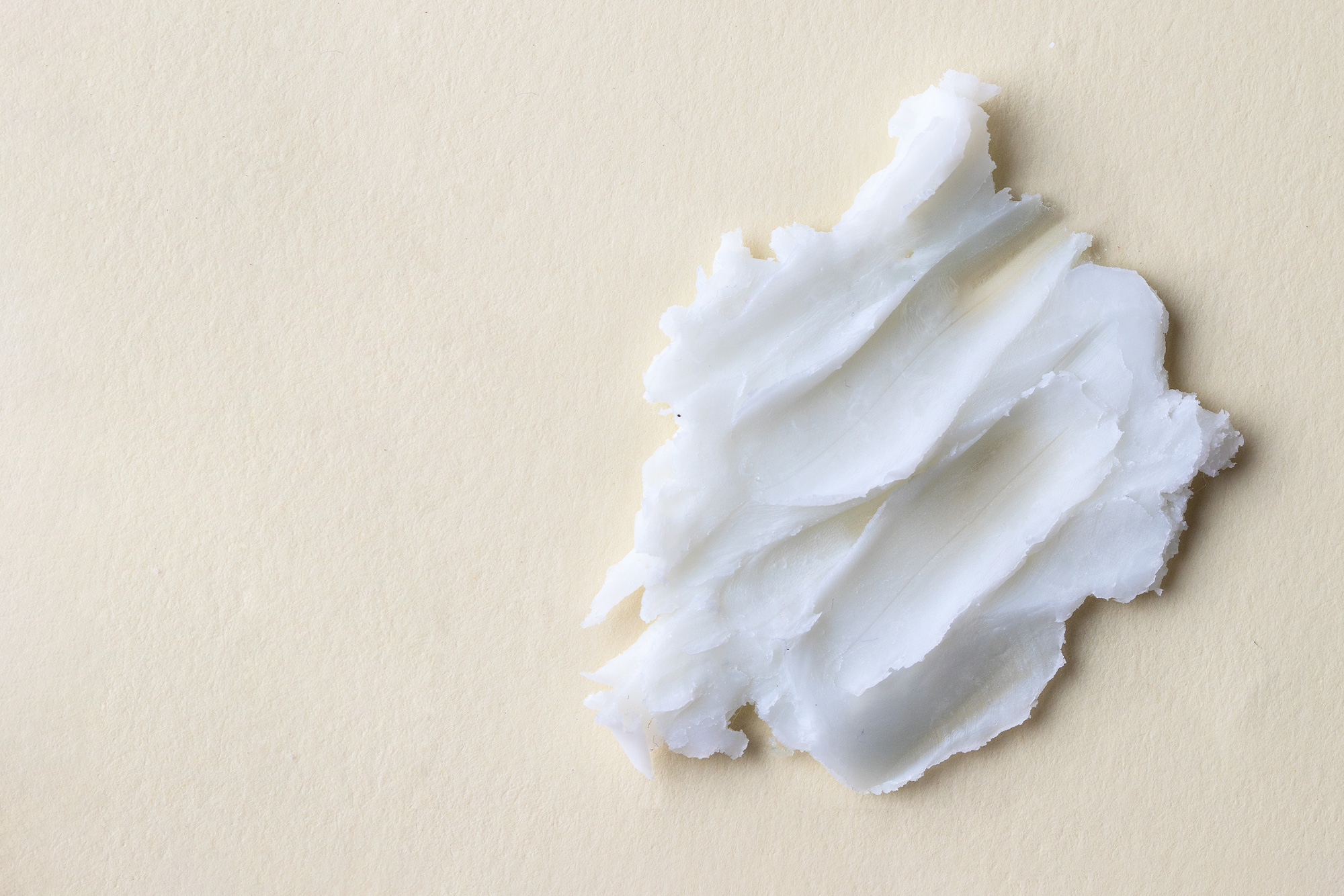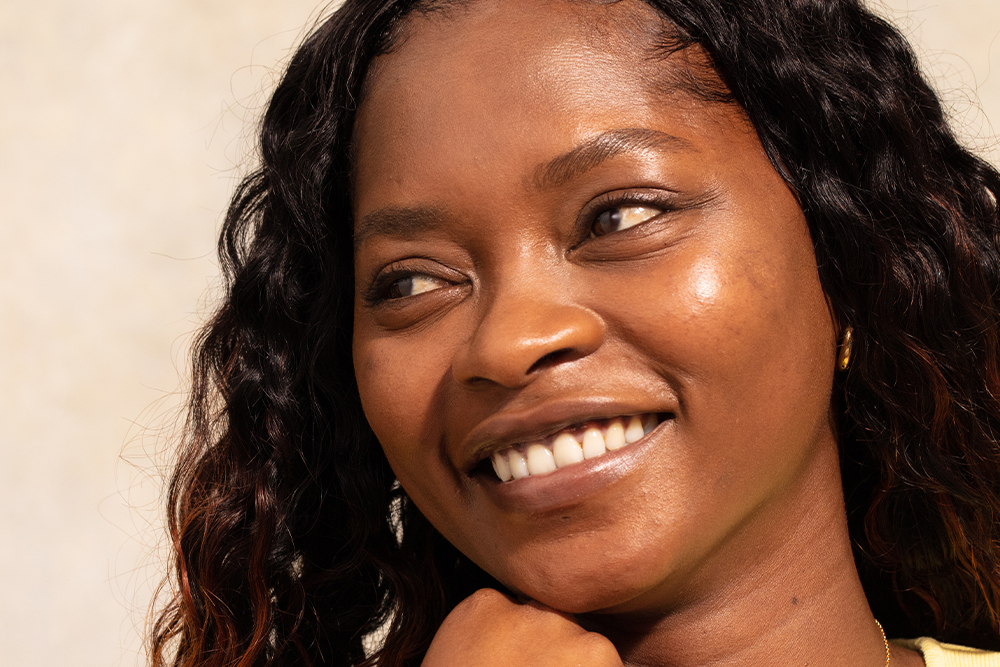Ask A Dermatologist: How Can I Plump Up My Skin?

Link to share article here:
Face Shaving 101
When it comes to removing hair anywhere on our bodies, there’s plenty of debate to go with it. How you do it, why you do it and where you do it are all up to you, and no one else. So, if you’re looking for reliable tips, tricks and advice, you’ve come to the right place.
Today on The Dose, we’re taking a dive into the world of face shaving, with a little help from our expert Dermatology Team.
What is face shaving?
Face shaving is exactly that – the practice of shaving your face. For men, the idea of shaving is pretty familiar – five-blade razor, shaving cream, tissues at the ready to help stop nicks and cuts from bleeding.
But in recent years, face shaving has become more popular with women too. This might be to remove the vellus hair or “peach fuzz”, the light layer of hair on your face, to manage excess hair growth as a result of a hormonal imbalance like PCOS, or to remove dead skin cells from the surface of the skin.
While facial hair removal methods are well established in the beauty space, laser and IPL, waxing and threading to name a few, face shaving in particular started to trend with the rise of Korean and Japanese beauty. The practice is nothing new in Asia, as women have been shaving their faces for centuries, but in the West, we’re still getting used to it.
There’s two main ways to go about it – you can use a standard multi-blade razor to shave (the more traditional method) or you can use a single blade to gently remove the hair. This can be all over the face, or in localised areas like your eyebrows, chin or upper lip.
Face shaving or dermaplaning?
The difference between face shaving and dermaplaning is small, but important. Face shaving utilises either a single-blade or a multi-blade razor specifically designed for removing hair.
Dermaplaning is a specific type of physical exfoliation and depilation. You need to use a sharp, sterile blade (professional aestheticians would use a medical scalpel) to cut closer to the skin, removing not only hair but dead skin and surface-level debris.
Both are effective at removing unwanted hair, but if that’s all you want to do, it’s best to stick to face shaving rather than dermaplaning.
Pre-care and after-care
Before you start shaving, make sure your face and the blade you decide to use are clean. Use a gentle cleanser like Purify + Prep Hydrating Cleanser to soften the skin and wash away dirt or makeup.
If you’re using a multi-blade razor, make sure you’re changing it regularly and rinsing the blades well. A dull razor can actually do more harm than good, so make sure you swap them out.
If you’re using a single-blade razor, sterilise it thoroughly – rubbing alcohol or boiling water should do the trick. Regardless of which method you choose, make sure you‘re only using one tool for your face, and another for the rest of your body.
Follow up your shave with another cleanse if you feel you need it, and pick a soothing, hydrating moisturiser to apply. Shaving can be stressful for the skin, particularly if you’re doing it regularly, so opt for a moisturiser with calming ingredients and humectants like hyaluronic acid, glycerin and allantoin.
Shaving myth buster
“Shaving only makes the hair grow back thicker and faster”
“This is a common misconception,” Dr Ben Esdaile, Consultant Dermatologist explains. “When a hair is shaved, the tip that grows back will appear thicker as the tapered end has been shaved off. The hair is still the same diameter.”
“You don’t need to exfoliate before shaving”
Ideally, you’ll want to remove any dead skin before shaving, especially if you’re using a multi-blade razor. It can lengthen the life of your blades, and prevent them from becoming clogged with dead skin.
However, it’s important you do this gently with a chemical exfoliator like an AHA or BHA, or topical retinoids as part of your long-term skincare routine, rather than harsh physical scrubs the night before.
“Avoid cleansers that mechanically exfoliate the skin, cleansers that contain ingredients like micro beads or sand and usually describe themselves as scrubs.” Dr Jason Thomson, Head of Medical at Skin + Me tells us.
“These scrub cleansers can irritate the skin, damage the skin barrier and lead to inflammation so can make conditions like acne worse and result in skin sensitivity.”
“Dry shaving is totally fine”
Yikes! Not only will dry shaving make your skin more prone to inflammation, it’s also a nightmare for your razors. It’ll dull them quicker and clog them up with dry skin.
Use a specific shaving cream, gel or lotion to provide a smooth surface for the blade to glide over. Lubricating the skin properly creates a barrier between your skin and the blade, limiting the possibility of nicks and cuts. Just make sure you cleanse and rinse your skin well afterwards.
Final thoughts
Whether face shaving is for you is a completely personal choice, so don’t feel pressured either way. However, if you choose to do it, be sure to follow our advice, your skin will thank you for it.
New to Skin + Me? Get your first month of personalised skincare for £4.99 with promo code DOSE – complete our quick consultation here.
Looking for a routine refresh? Add the Dream Routine to your Skin + Me subscription.
In need of a restock? Head to The Skincare Shop for one-off purchases of your Routine Essentials.



